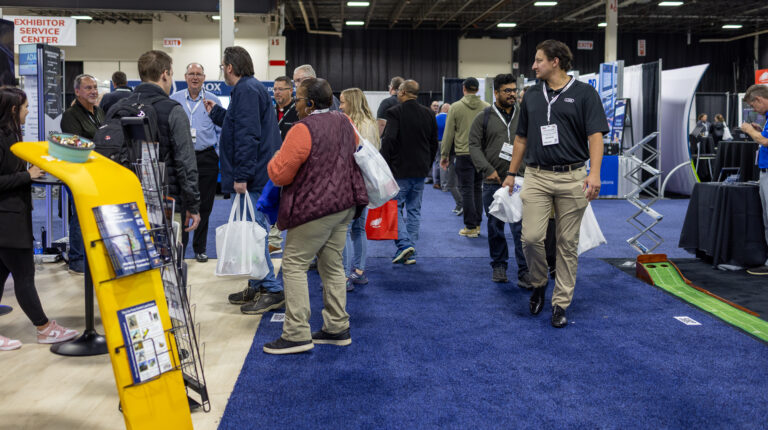Visitors, exhibitors and speakers at this year’s Automotive Testing Expo North America agreed that the event was an unmissable opportunity to discover the latest and most advanced testing solutions during a time of rapid change in the industry. Although the sector has experienced uncertainty for various reasons since Covid, there’s now a growing sense of stability and renewed momentum. Held in October at the Suburban Collection Showplace in Novi, Michigan, the expo featured more than 200 international exhibitors and over 30 speakers.
Content proves big hit with visitors
The Future of Automotive Testing Conference
A key element of the event was the one-day Future of Automotive Testing Conference, held for the second time at the North American show. It was extremely well received, with speakers and attendees reporting that the variety of speakers was very helpful for intelligence gathering.
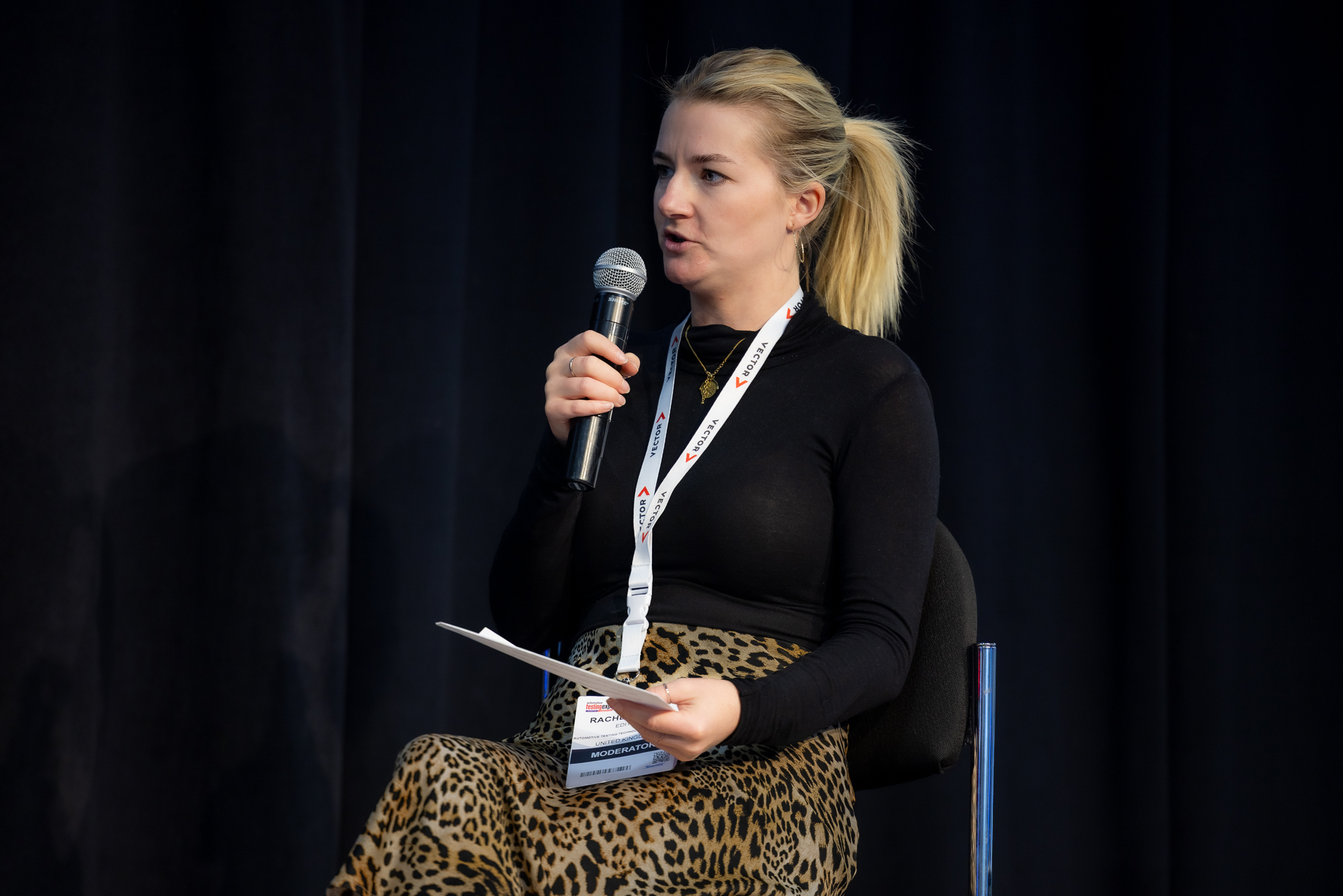
First-time visitor and conference attendee Krishna Battu, software technical specialist at General Motors, observed innovative rain simulation technologies and AI tools that automate test requirements and script generation at the exhibition. Commenting on his visit, he said, “It’s been a fascinating experience for me. A decade ago, evolution was very slow whereas now it’s fast paced. Next quarter, what is going to change? Who is going to come up with something new? It’s been motivating to see the exhibitors, panel discussions and presentations. It’s the one place to see a lot of technologies, some I may even implement in my day-to-day work.”
Venkat Adusumalli, software engineering manager at Stellantis, presented in the Future of Automotive Testing Conference on the OEM’s use of AI to accelerate E/E testing. After his session, he summed up the value of bringing stakeholders together in one place: “There were some key takeaways from my panel, which was very diverse, with technology companies and business consultancies. I was able to learn from the consulting companies how they are building things for the OEMs and suppliers, how they are leveraging AI to fast-track testing and other areas of software development.”
Adusumalli emphasized the importance of learning from others and leveraging partnerships, adding that the show was “very eye opening. I’ve been able to gather knowledge on how we can improve on the efficiency side of things and innovate in testing.”
More on Stellantis’s adoption of AI in E/E testing here
As part of its goal to unite industry players, Automotive Testing Expo has formed a collaboration with FISITA, and the organization’s North American ambassador, Scott Craig, moderated a panel discussion during the Future of Automotive Testing Conference. ‘Driving validation: The nexus of physical testing, digital twins and global data in the age of SDVs and electrification’ explored how physical testing and simulation can complement each other to solve real-world industry challenges. FISITA’s role, he explained, is to act as an enabler – bringing industry players together to discuss these issues in a collaborative, pre-competitive environment that can lead to standardization or regulatory progress.
Echoing the sentiments of the other speakers and visitors, Craig said, “The show and FISITA are bringing industry leaders together in a critical space. With the new paradigm of software-defined vehicles, alongside electrification and autonomy, all of these elements are converging – and testing, validation and safety are key to making them happen.”
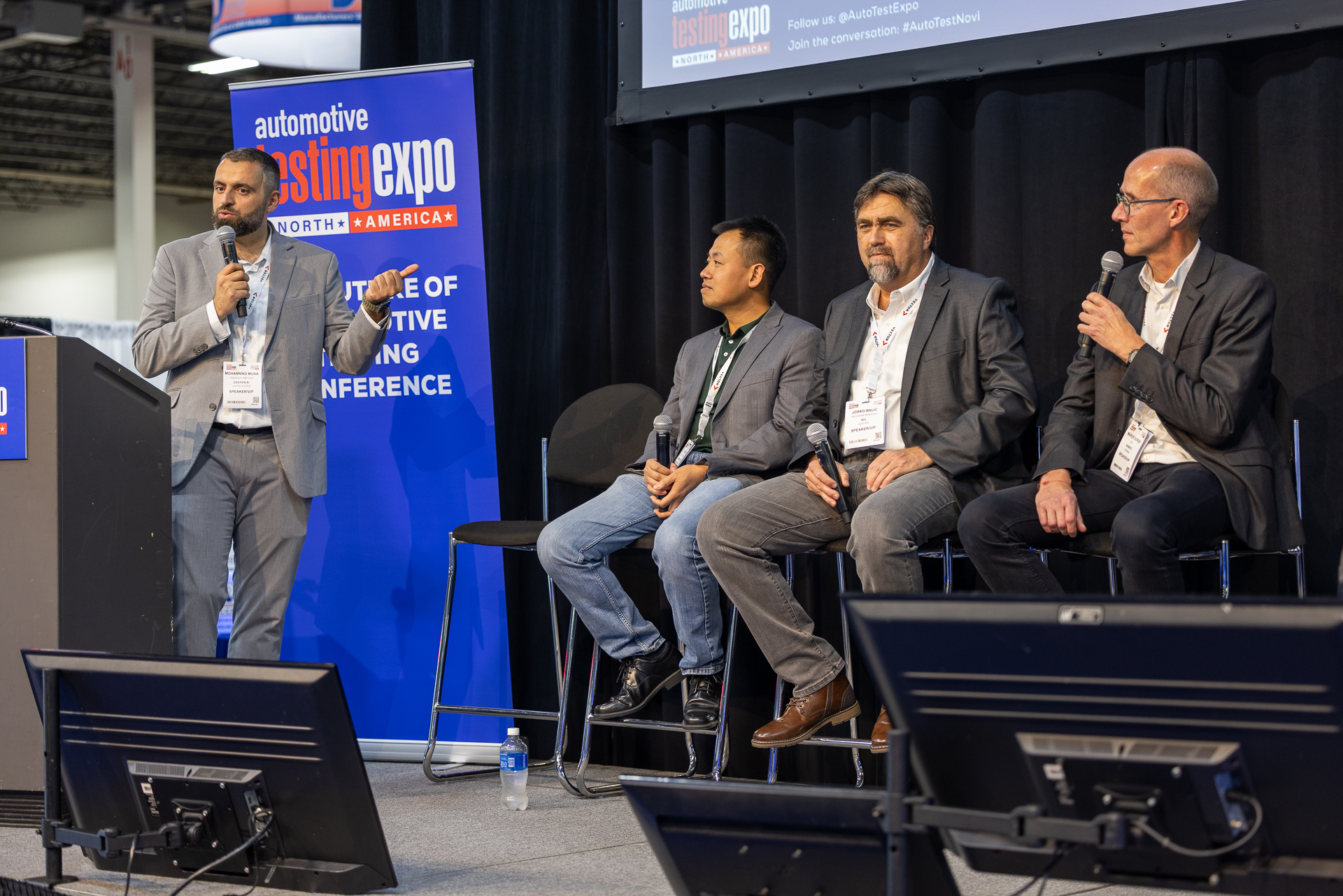
Craig continued, “The show’s content, together with FISITA’s collaboration and the thought leadership of our members, creates a platform for meaningful engagement. It allows our members to connect with Automotive Testing Expo, to be heard and to showcase their technologies. I see it as a collaborative effort in helping the industry to move the needle forward.”
Priya Boopalan, electronics lifecycle manager for ADAS and electronics operations (UEL) at ZF Active Safety and Electronics US, moderated the afternoon conference session and summarized her participation: “This conference is a convergence of technology developers, testing companies and proving grounds. In the session I moderated, most of the speakers talked about how to utilize the digital twin in automotive testing, and that is a really interesting topic – that is the future for automotive testing.”
More on digital twins in the November edition of ATTI. To read the latest issue, click here
Innovation Showcase
The Innovation Showcase also served as a welcome platform for the community to engage with companies presenting new solutions and, crucially, addressing common pain points.
For example, Michigan Scientific Corporation’s senior engineer, Lance Hadfield, highlighted EV powertrain instrumentation for force, torque and temperature measurement equipment. “It’s generally a pain point for people with any sort of instrumentation project, especially on-vehicle – getting all that data off, understanding how to instrument the vehicle correctly and understanding what data transmission options are available. We wanted to highlight the various ways that Michigan Scientific could help with these instrumentation challenges.”
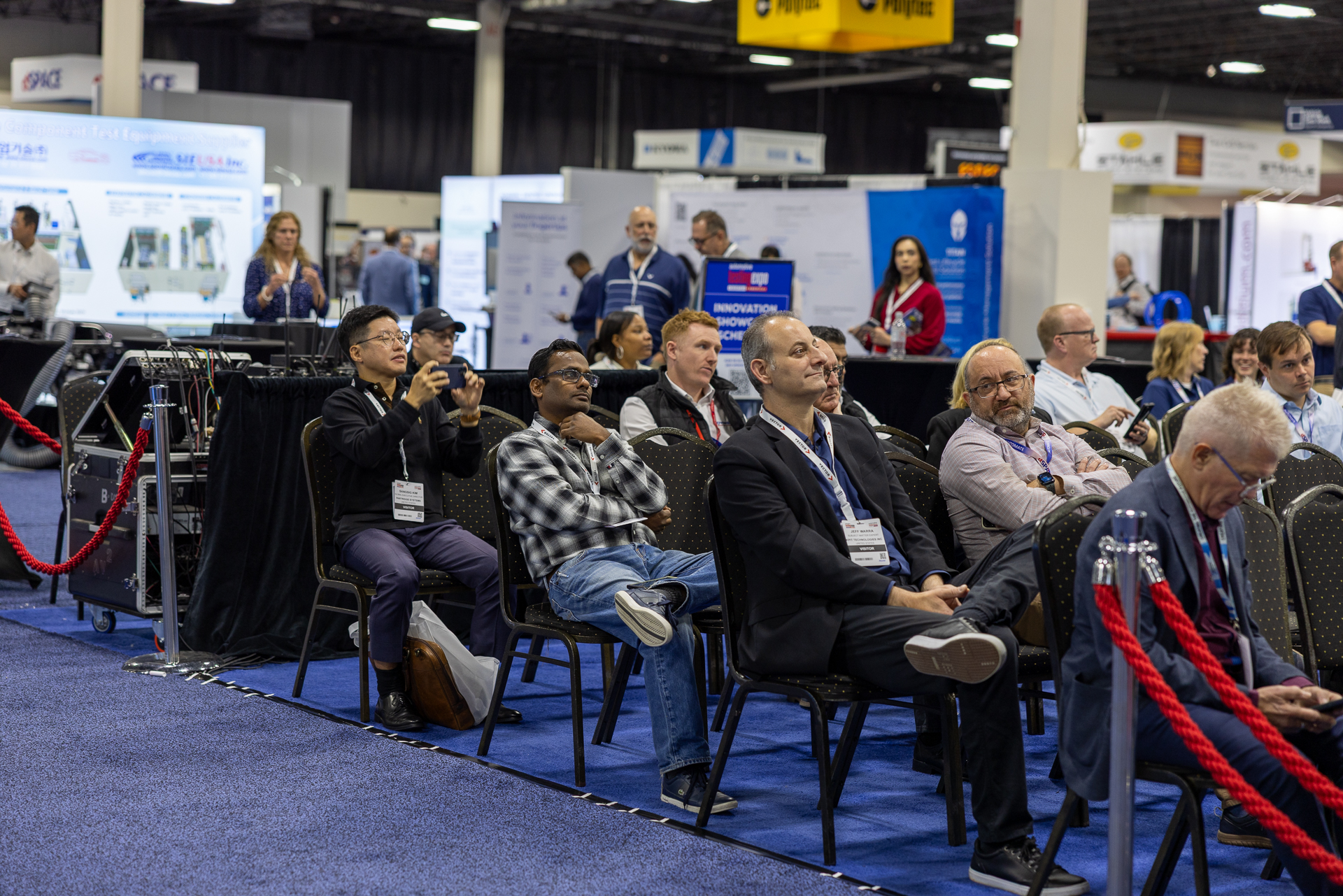
Hadfield noted the need for expertise in digital, which may be lacking in some companies due to various factors, including people moving between departments and then moving back into instrumentation. “What’s tangentially interesting is that people seem to be moving more toward proceeding with work; sales are starting to happen again. For a long time it’s been let’s wait and see, but it seems that a lot of that is starting to stabilize, and people are feeling better about spending money on development work again.”
Read more on sensor development, including insights from Michigan Scientific, in the November edition of ATTI. To read the latest issue, click here
Neerav Singh, director of sales and marketing at 12th Wonder, spoke on digitally traceable, ISO 17025-ready test labs through a unified lifecycle approach. He emphasized that his talk was a chance to highlight that ISO/IEC 17025 compliance is not just a regulatory requirement – it also enables higher operational excellence.
He commented, “By unifying the test lifecycle digitally, labs can ensure traceability across every tool, parameter and activity while improving speed, visibility and collaboration. The goal is to make quality and accountability inherent in how the lab operates every day.”
Singh also pointed to the rapid pace of innovation in today’s landscape: “Automotive testing is evolving fast – with EVs, ADAS and connected vehicle systems introducing new parameters, sensors and test scenarios. Labs face the dual challenge of managing this complexity while maintaining ISO 17025 discipline. My session highlighted how a unified, digital approach helps labs handle more data, more tools and more complexity while staying efficient, traceable and audit ready.”
Exhibition hailed a huge success
For first-time exhibitor Catagen Green Emissions Testing, the show was the ideal place to highlight its expansion into North America. The company operates 14 of its Omega electric reactors at its home in Belfast, Northern Ireland, which provide engine-free catalyst aging and aftertreatment testing for certification and homologation of emissions. This type of analysis is typically undertaken by other companies based on engine- or burner-based aging.
The company already has a strong foothold in the UK and European markets with more than 40 OEMs, and sees significant growth potential in North America. However, to properly serve that market, it recognizes the need for a local presence.
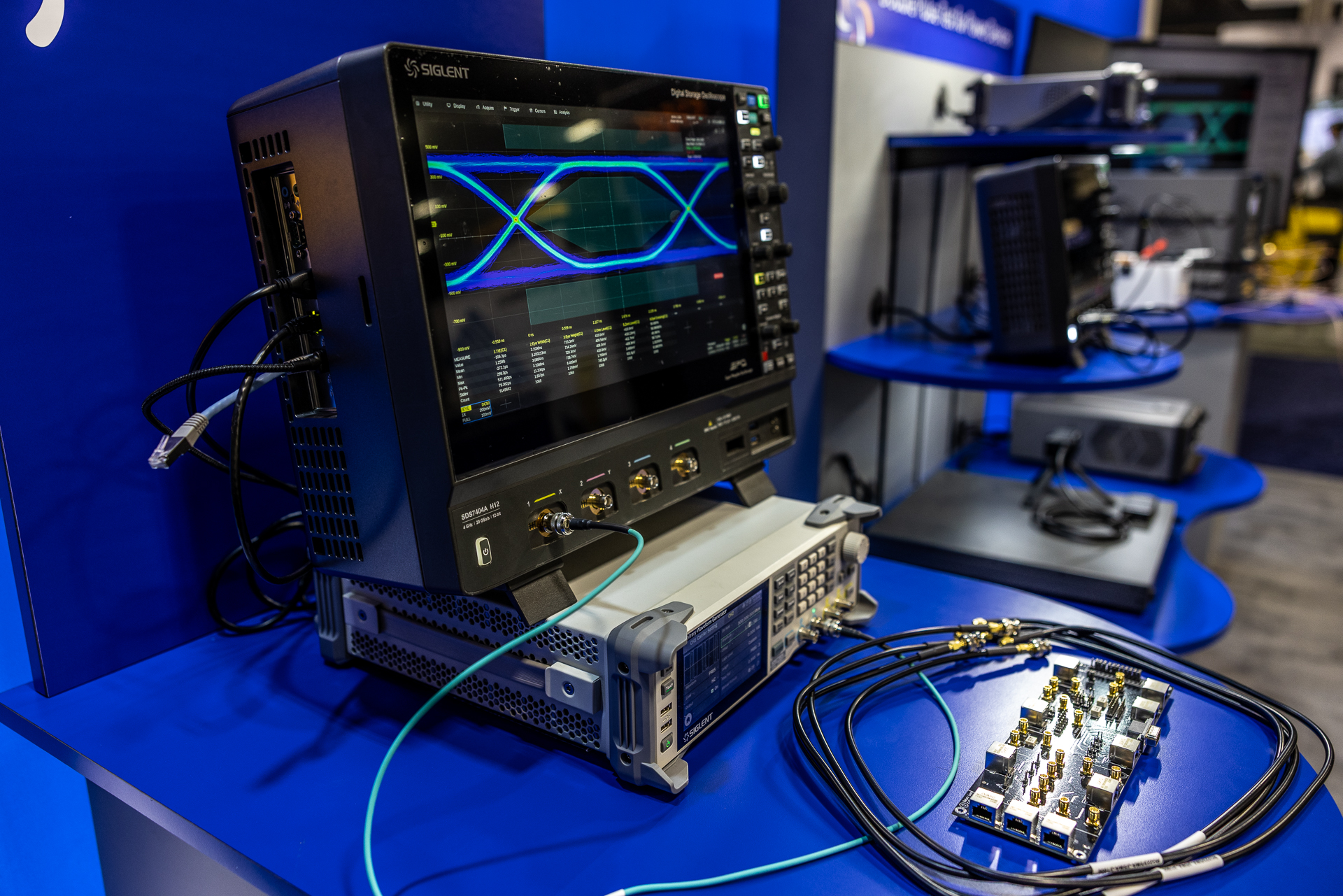
“We’re already working with a number of customers in North America – they’re shipping their catalysts to us, to our facility in the UK,” explained Dr Kurtis Irwin, Catagen’s VP of global catalysis. “We recognize that to expand and grow and service the market here, we need to get in the playground. We need to have a physical facility here in North America, and we’ve been having lots of conversations with the leading OEMs. We know they want to work with us, we just need to have that here. Those conversations are pretty advanced at this point.”
Dr Irwin added that Catagen Green Emissions Testing aims to establish a small number of strategic partnerships in North America. Its plan is to work with companies that already have existing facilities, the right experience and engineering expertise, and are trusted, respected advisors in the market, while Catagen provides the technology.
According to Dr Irwin, the company had multiple unexpected discussions with OEMs, potential partners and existing customers at the expo, as well as pre-arranged meetings.
In terms of Catagen’s current technology development, Dr Irwin noted that much of the company’s recent focus has been on commercially testing its new Diesel Aftertreatment Accelerated Ageing Cycle (DAAAC) electric reactor, which uses its Omega technology.
“There’s new legislation coming out for heavy-duty diesel OEMs, and that aging protocol will assist them for durability of those parts. Catagen Green Emissions Testing has been developing it to be part of the Omega reactor as the next test offering.”
Crucially, DAAAC supports compliance with US emissions regulations, including the EPA and CARB’s increased durability requirements. The system is designed to reduce aging time by around tenfold compared with traditional dynamometer or field evaluation.
“We’ve got the first commercial customer through for that, and we’re continuing to innovate the technology; OEMs might have specific cycles that we need to be ready to adapt to. The technology already has that flexibility and capability,” said Dr Irwin.
Meanwhile, over on Redex’s booth, a new closed-loop digital controller – the DG-Block – was on display. It is designed to be intuitive and provides a compact, smooth, easily controllable package for load simulation.
“With these advanced capabilities enhancing testing efficiency, Redex is seeking insights on testing challenges across vehicle types, system integration on existing production lines, and applications in research and development,” said Jean Baptiste Barruel, Merobel senior product manager at Redex USA.
Barruel noted that the sector is shifting toward electrification, autonomous systems and hybrid powertrains, along with an increasing number of e-motors in vehicles – from wipers and windows to seats and open roofs, to name just a few. “All of these components must be tested during development and validated to ensure proper functionality before installation in the vehicle,” he said.
He added that current trends include simulation-driven validation, advanced data analytics and sustainable testing practices to meet evolving regulations.
Michael Schmidt, team manager for Göpel Electronic, emphasized how positive the expo experience had been for the company. Although the supplier has exhibited numerous times in Europe, this was its first appearance at the North America show, and it proved invaluable: “Many customers have visited us and new integrators have looked for us, so we are looking forward to potential projects in the future here.”
Bryce Short, business development manager at TRP Laboratories, was pleased that the company had attended the expo: “Coming to this show has provided another avenue for us to touch base with new clients but also with customers we’ve been working with – and find new ways to support projects they’ve been working on.”
Meanwhile, Jeffrey Stukenborg, head of North America portfolio management aftermarket at ZF Group, said, “As part of our efforts to enhance our remanufacturing operations, I was searching for suppliers of in-component and end-of-line testers. I had the opportunity to engage with several companies, and I was genuinely impressed by the quality of the conversations and the solutions they offered. A pleasant surprise was discovering that some of these suppliers are already working with our company in other regions, which adds an extra layer of confidence and convenience. Overall, it was a very positive experience.”
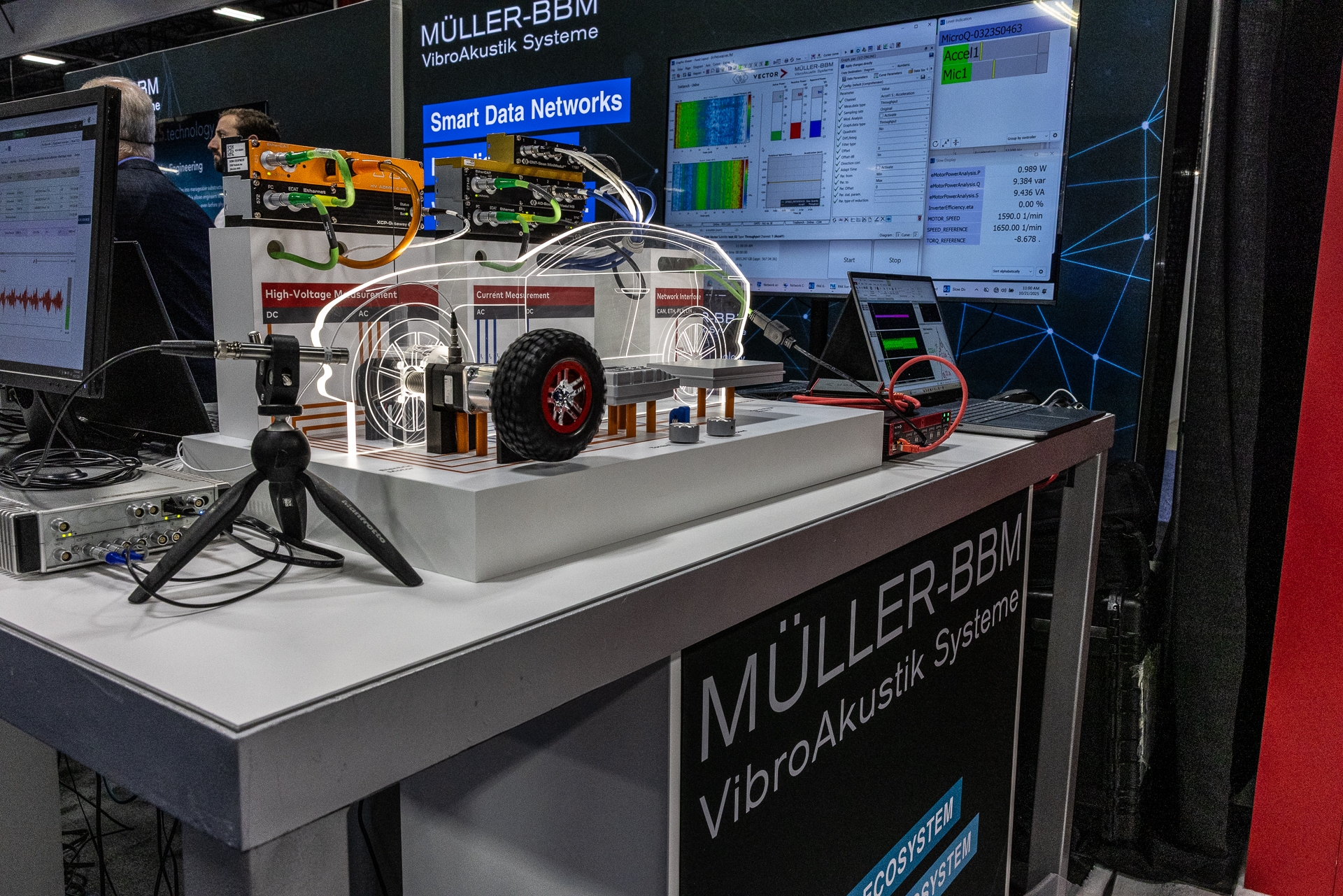
Future dates for your diary
Next year the show returns in a new format as part of Vehicle Tech Week North America. We look forward to welcoming our exhibitors and visitors to this new festival on October 27-29, which will encompass Automotive Testing Expo, ADAS & Autonomous Vehicle Expo and Automotive Interiors Expo. Save the dates on your calendar and click here to find out more


